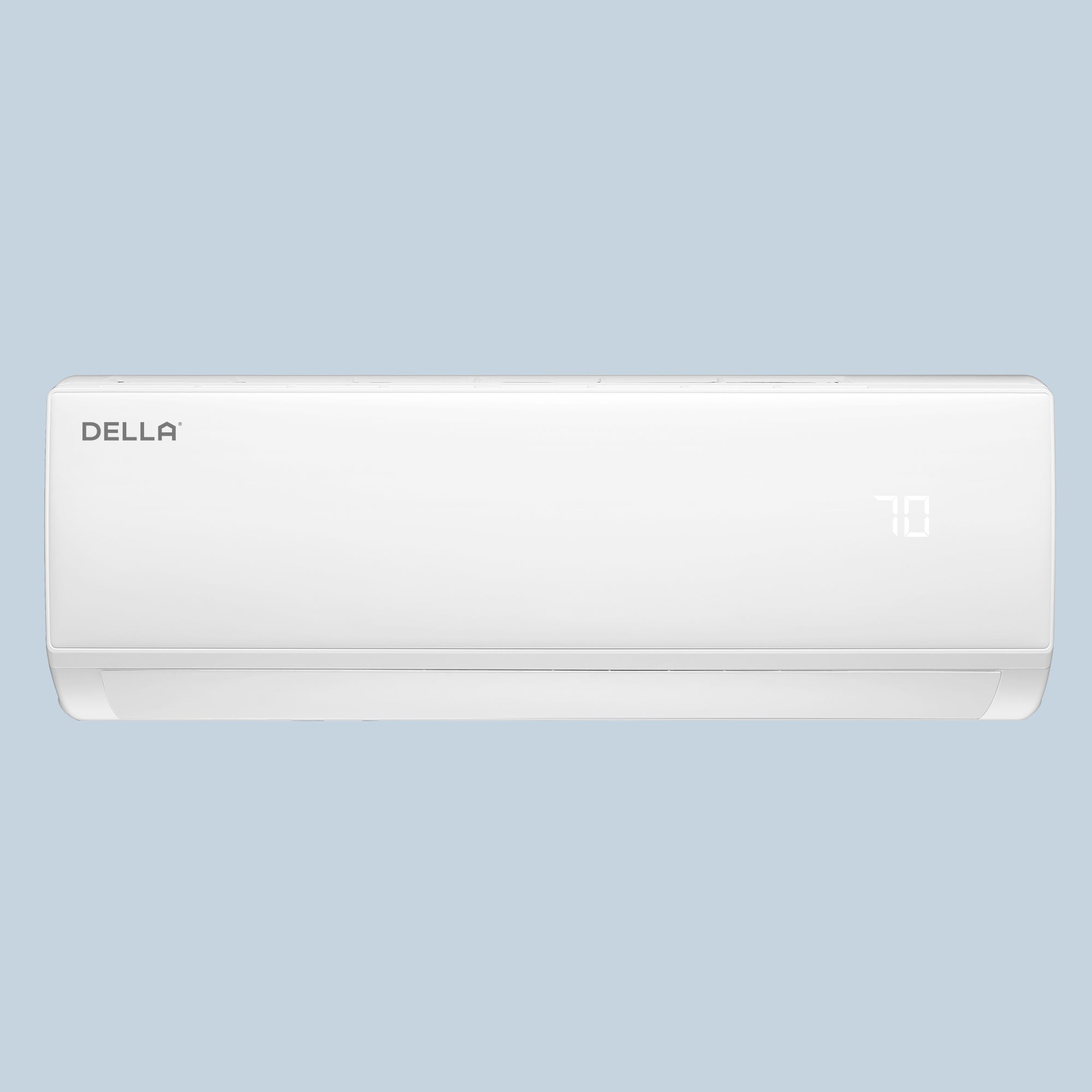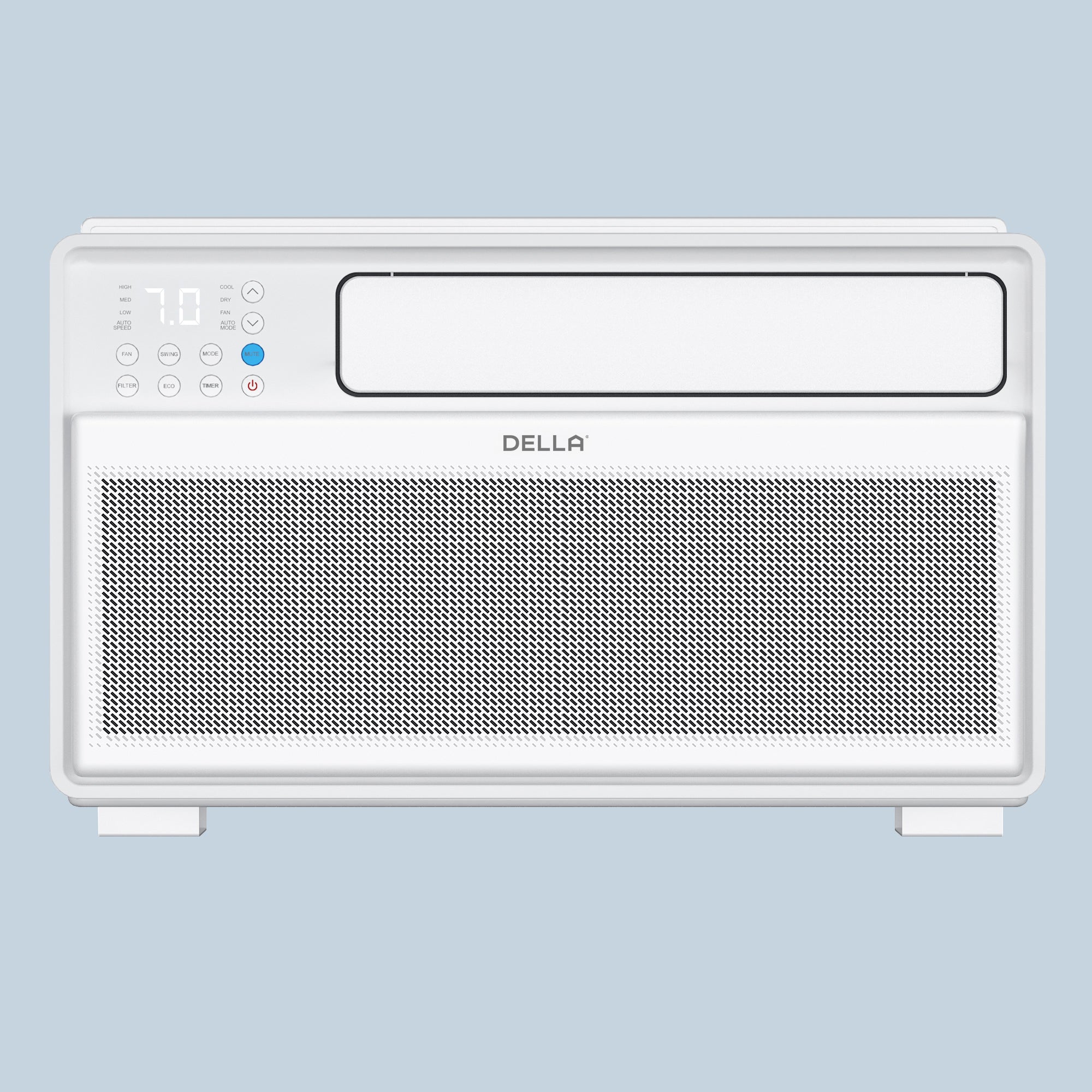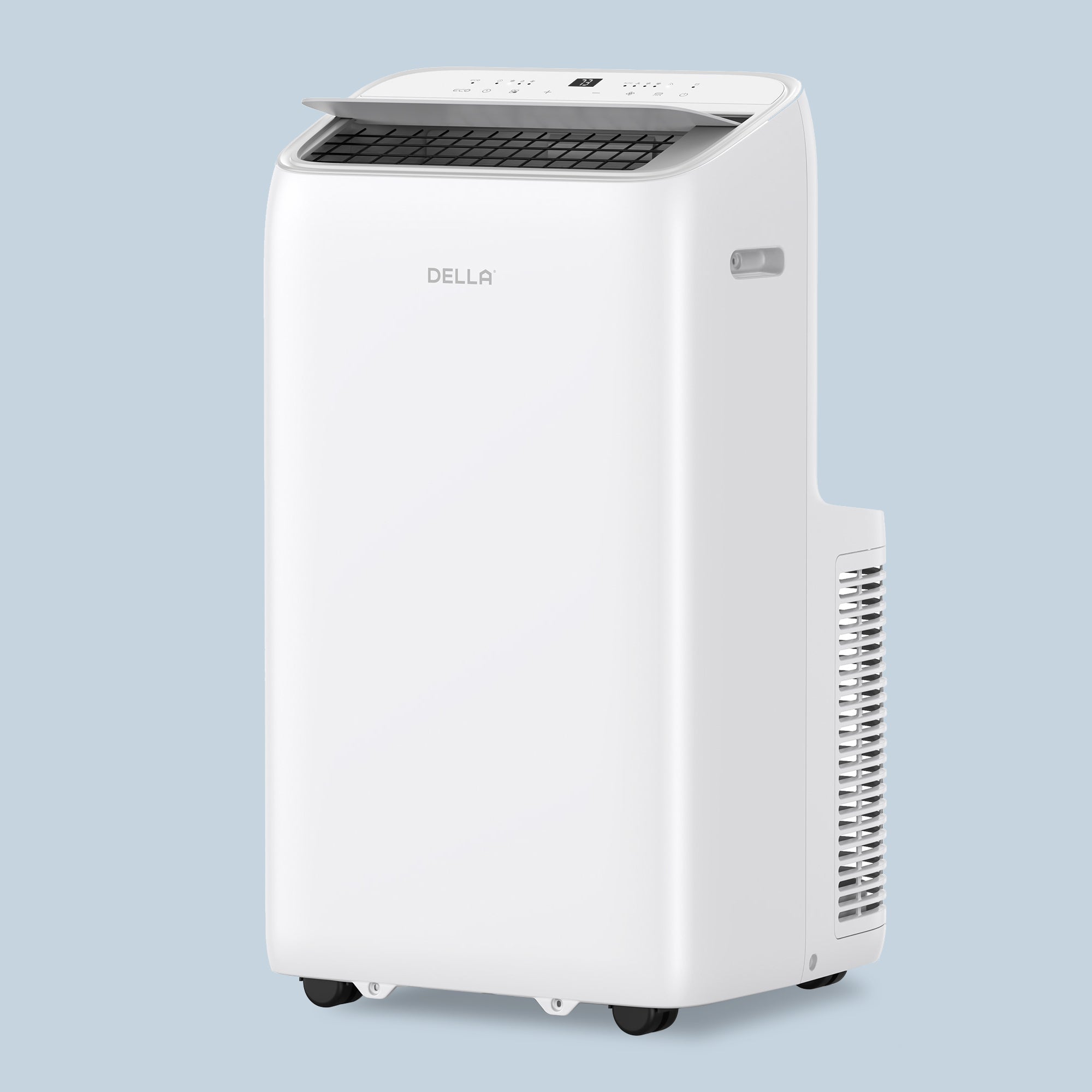Air conditioners are no longer just a luxury; they are now a necessity as temperatures continue to rise worldwide. There is no denying that efficient cooling that uses less energy is needed in everything from small apartments to large residences and even factories.
There are many different kinds of air conditioners on the market nowadays, and it might be hard to know which one is ideal for you. Should you choose a portable system or set up a central one? Should you buy smart features or just go with the basics?
This in-depth guide goes over the many kinds of air conditioners, their features, pros and cons, and helps you choose the one that works best for your area, budget, and way of life.

Ductless Mini Split Air Conditioners
You don't need ductwork for a ductless mini split system to cool your home well. There are two primary parts: an outside condenser/compressor and one or more inside air-handling devices. These indoor units may be attached to walls or ceilings, which makes them great for cooling particular rooms.

Key Features:
- Inverter technology that may be regulated from a distance to save energy
- Design that looks good nowadays
Example Use Case:
A homeowner who has added a sunroom to their property and doesn't want to run more ductwork may install a ductless mini split to keep the house comfortable.
Energy Efficiency:
Mini splits usually have SEER ratings of 20 or above, which makes them one of the most efficient systems on the market.
Window Air Conditioners
Window air conditioners have been around for decades and are a tried-and-true way to cool a room. They are small, self-contained units that fit in a conventional window frame. They work well in tiny flats or single rooms.

Key Features:
- Thermostat and fan speeds are built in
- Simple to put on and take off
- Cheap and easy to find
Example Use Case:
People who rent or go to the council frequently use window units since they do not need to be permanently installed and can be dislocated simply when they move.
Limitations
Window air conditioners are cheap, but they generally do not work as well or have as important power as other systems, and they could have trouble cooling bigger spaces.
Portable Air Conditioners
You may relocate portable air conditioners from one room to another. They function by pulling in heated air, cooling it down, and letting the hot air out via a flexible hose that is put in a window or wall opening.

Key Features:
- No permanent setup
- Wheels for moving around
- Digital controllers with clocks
Example Use Case:
A homeowner may quickly roll in a portable AC unit during the summer months to cool off a guest room or workplace.
Note on efficiency:
Portable air conditioners usually have lower efficiency ratings, and thus use more power to cool the same amount of space as other alternatives.
Split Air Conditioners
People typically use the phrase "split air conditioner" to talk about systems that are utilized in bigger homes and businesses.
These include an external compressor and internal air handling devices, however, they are usually stronger than small splits and may cover bigger areas or even complete floors.
Key Features:
- Strong performance for bigger regions
- Stylish indoor units
- Little noise while in use
For example, Use Case:
A contemporary house with various rooms that all need to be cooled down evenly can choose a split AC system with several interior units linked to one outside unit.
Tip for Maintenance:
Regular service is important to keep everything running smoothly and avoid expensive failures.
Central Air Conditioners
Still, central air conditioning is the stylish way to do it if you want to chill your entire home. These systems have a central unit that sends air to different corridors of the house via ductwork.
Key Features:
- The temperature is the same throughout the home.
- Can be added to heating systems
- Managed via a smart thermostat or a central thermostat
For example Use Case:
A family living in a suburban home with more than one bedroom will profit from a central system that keeps everyone comfortable and adds value to the property.
Cost Information:
Depending on the size of the house and the ducting demanded, installation charges might be anywhere from 3,000 to further than 7,000. Still, programmable thermostats and energy-efficient performance can help lower operating costs.
Hybrid Air Conditioners
Mongrel air conditioners, which are also called binary-energy systems, combine the effectiveness of a heat pump with the power of a gas furnace. The technology automatically changes between gas and electricity based on which one works more in the current rainfall.
Key Features:
- Switching energy sources automatically
- Perfect for climatic zones that change with the seasons
- Savings on costs over time
For example, utilize Case:
People who live in the Midwest, where summers are hot and winters are frigid, may utilize hybrid systems to be comfortable and save energy all year long.
Eco Bonus:
Mongrel systems are good for the terrain and can help you lessen your carbon footprint over time.
Geothermal Air Conditioners
Geothermal air conditioners use the Earth's natural subsurface temperature to heat or cool your house. They're the most environmentally friendly way to cool your home. These systems function by moving a water-based solution through several loops that are buried beneath.
Key Features:
- Very energy-efficient
- The costs of running are low
- Lasts a long time with little upkeep
Sample Use Case:
A homeowner constructing a new eco-friendly house on a big lot may use geothermal HVAC to save money in the long run and have less of an effect on the environment.
Costs of Installation:
The first investment might be between $10,000 and $30,000, but over time, energy savings and government tax incentives usually make up for this.
Smart Air Conditioners
Smart air conditioners are just normal units (window, split, or portable) that include Wi-Fi and can link to smart home systems. You may operate these ACs with your phone, voice commands, or by setting them to run on their own.
Key Features:
- Tracking how much energy you use
- Works with voice assistants like Alexa and Google Home
- Smart scheduling and geofencing
Example of a Use Case:
A tech-expertise homeowner who travels a lot can manage the temperature in their house from hence, which saves energy and makes sure they're comfortable when they get home.
Smart ACs typically bring 20 – 30 percent more than regular ones, although numerous people may suppose the redundant cost is worth it for the convenience and effectiveness.
How To Choose The Right Air Conditioner?
First, look around your house. It's extremely pivotal to have the applicable BTU rating, as BTUs are used to determine how effectively an air conditioner cools.
However, it will not cool effectively if the unit is too small. However, it can consume inordinate energy and fail to remove humidity effectively if it's too large.
It's also pivotal to consider how energy-efficient it is. Look for models with high forecaster or EER conditions and the ENERGY STAR designation if you want to save money on your energy bills in the long run.
Conclusion
You may have paid attention to the air conditioner you purchase if you want to improve your comfort, lower your energy cost, and raise the value of your property.
To make an educated choice about which system to choose, you have to know the benefits and downsides of each one. This guide makes a thorough investigation into those aspects and helps you find the best you want.
Cost To Install Mini Split Air Conditioning System
Where Should You Not Install a Mini Split?
What Is The Role Of Your Air Conditioner’S Outside Unit In The Cooling Process?








LEAVE A COMMENT
All comments are moderated before being published.
This site is protected by hCaptcha and the hCaptcha Privacy Policy and Terms of Service apply.